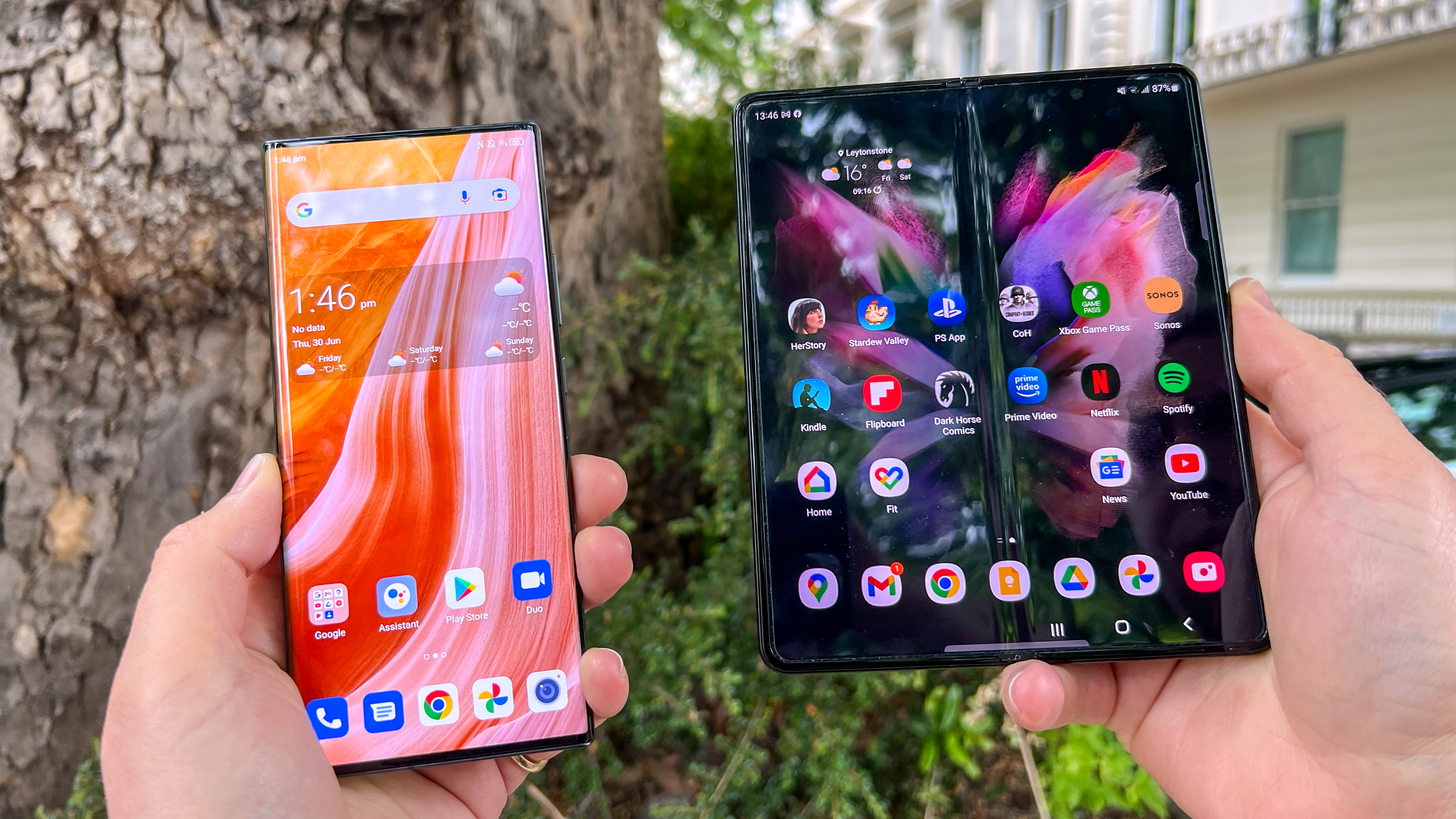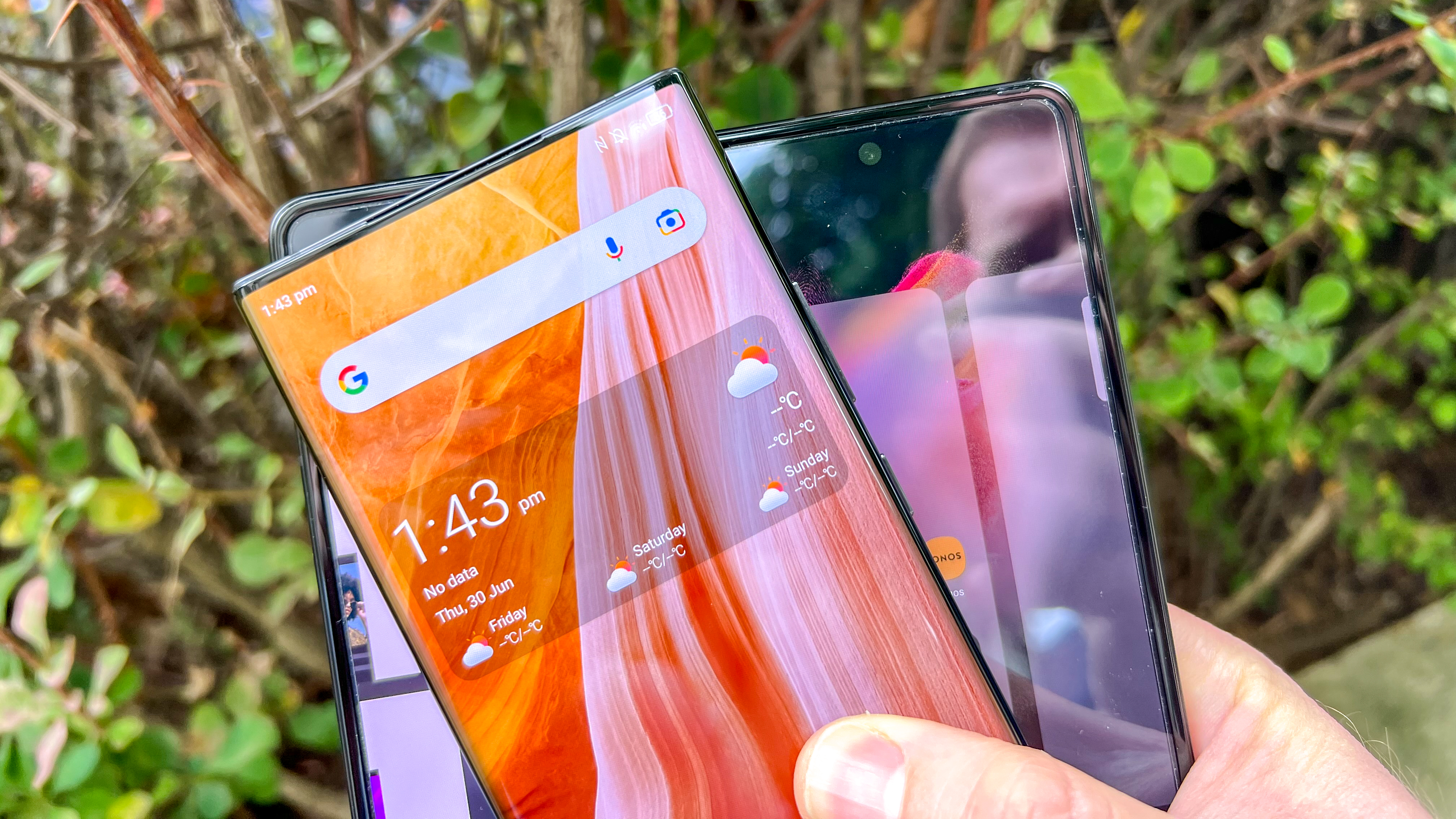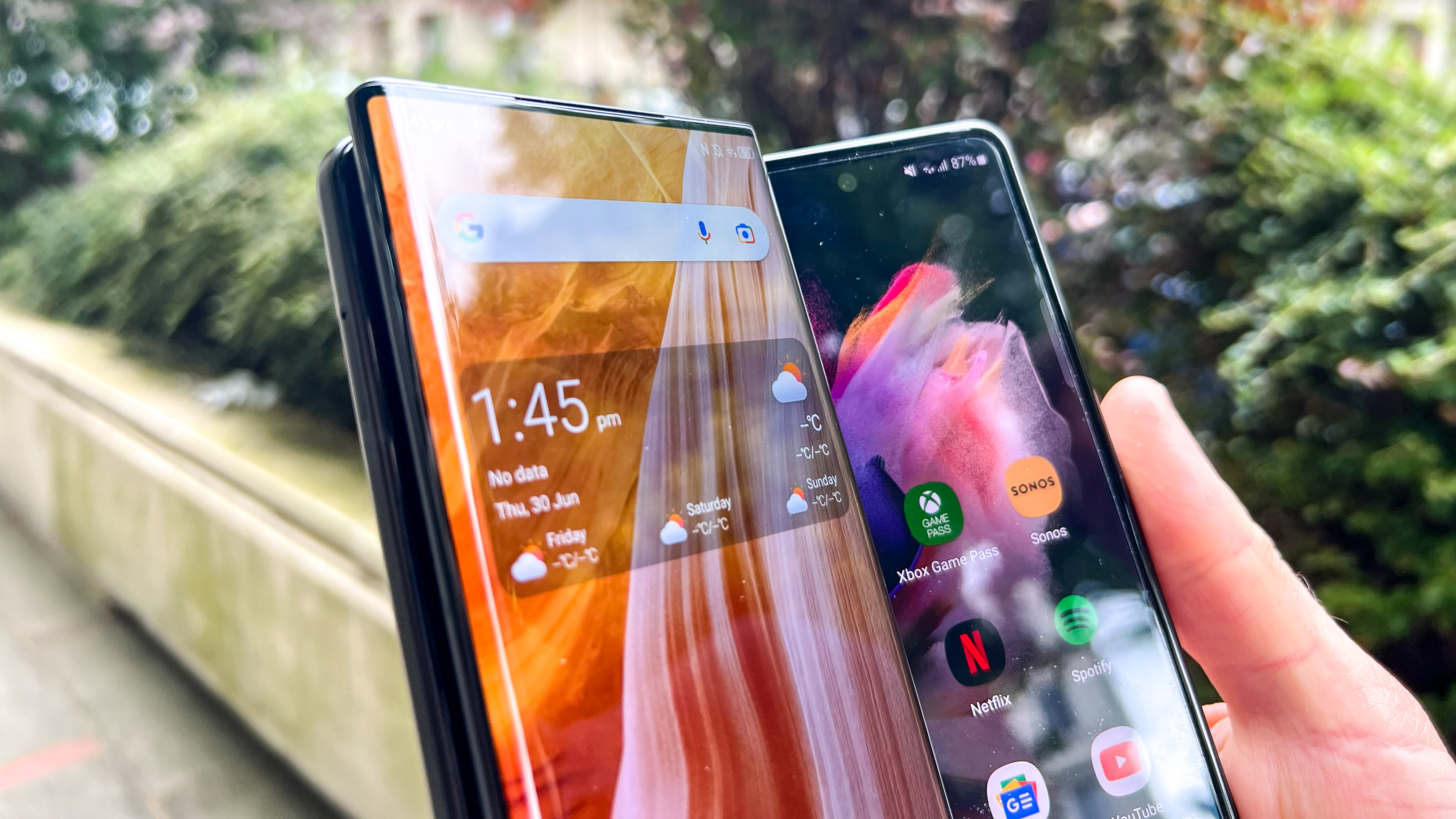The battle of the under-display cameras: We have a winner
Which takes better under-display camera pictures out of the Samsung Galaxy Z Fold 3 and the ZTE Axon 40 Ultra?

Under-display cameras - cameras that don't sit just embedded in phone screens but fully beneath them - are still a rarity on smartphones. But out of the few phones that do have them, which does it the best?
The phone you're most likely to know of with an under-display camera (UDC) is the Samsung Galaxy Z Fold 3. However just recently we got the ZTE Axon 40 Ultra, a regular non-folding smartphone that happens to have an under-display selfie camera. Other models are available in other countries with UDCs, and there have been a few concept models shown off too, but for U.S. and U.K. customers, these are the two choices on the market right now.
Having compared the photos taken by the Galaxy Z Fold 3 and the ZTE Axon 40 Ultra below, we now have a new benchmark for under-display camera performance. ZTE, while a far less historied brand than Samsung, offers a much better experience for under-display photography, likely thanks to this model being its third generation of UDC on its phones.
Read on for the details of these two phones and their under-display cameras, and photo slider comparisons to see for yourself how they differ.
The competitors
The Galaxy Z Fold is an $1,800 foldable phone that also happens to have the company's first under-display camera on the large inner display, although it's got a disappointingly low-res 4MP sensor. We're possibly about to see the Samsung Galaxy Z Fold 4 launch with a bundle of upgrades, and while one rumor did suggest the inner camera would move up to 16MP, the current consensus is that the new Z Fold will also have a 4MP UDC.

ZTE meanwhile has been adding under-display cameras to its phones since the 2020 Axon 20. The $799 Axon 40 Ultra's sensor has not only the advantage of more years of refinement, but a 16MP resolution, comparable to many cameras used on the average smartphone.
The displays
Just as important as the under-display cameras themselves is the screen they sit beneath. Because the display needs to both show you what you're looking at and be transparent enough for the camera to look through when needed, you can often end up with an ugly hole in the screen. That's exactly what you get in the Z Fold 3's case, where there's a very clear blotch on the screen where the camera lives.
Get instant access to breaking news, the hottest reviews, great deals and helpful tips.

You can barely see where the Axon 40 Ultra's camera is. With a higher pixel density, the under-display camera is as invisible as you'd hope it would be.
The photos
Looking first at the regular photo I took with these phones, of myself in front of a leafy bush, the Samsung offers much more welcoming colors than the ZTE does, in line with the vibrant photo processing style we've seen on many Samsung phones before this. However in terms of sharpness, the ZTE has a major advantage thanks to the higher resolution sensor. You get clearer definition in background details and the strands of my hair from the Axon 40, while the Z Fold 3's image quickly becomes blurry as you zoom in.
An extra benefit that the ZTE offers over the Samsung is that you can take portrait-mode selfies with its under-display camera. You can argue there's no need to on the Z Fold 3 - you can just use the punch-hole camera on the outer display for that purpose. It's a weird limitation to offer though, unless Samsung was perhaps not happy with the quality of portrait mode from the inner camera.
That's not to say I like the portrait the Axon 40 Ultra took. It's got my skin coloration all wrong, and the image details have turned too soft. But at least it offers a portrait mode setting.
For a final real-life test, I started a Google Meet call between the Z Fold 3 and Axon 40 Ultra to see how the phones make you look when you're using the cameras in an alternative daily scenario.
Neither image is good, as you'd expect from an app designed for practical communication rather than making you look your best. There's a lot of noise in the background and on my pink T-shirt. Weirdly it's the ZTE that's making me look more saturated in color this time, while I look more natural on the Samsung.
The results
While it's good that the Z Fold 3's internal camera does well as a video conferencing tool, it would be better if it had the extra versatility of the ZTE Axon 40 Ultra. The Z Fold is using a less mature version of the same technology, plus it has the additional complication of being a foldable to overcome, which the Axon doesn't have to deal with. All the same, considering how much users pay for the privilege of owning this phone, you'd expect it to have class-leading technology all over. The Axon 40 Ultra costs less than half the price of the Z Fold, but beats one of its signature features thoroughly.

I still don't think under-display cameras are ready for mainstream smartphone use yet; a punch-hole or notched selfie camera is still better overall. But if Samsung sticks with one for the inner camera on the Z Fold 4, ZTE and the Axon 40 Ultra is the example it needs to follow.

Richard is based in London, covering news, reviews and how-tos for phones, tablets, gaming, and whatever else people need advice on. Following on from his MA in Magazine Journalism at the University of Sheffield, he's also written for WIRED U.K., The Register and Creative Bloq. When not at work, he's likely thinking about how to brew the perfect cup of specialty coffee.
